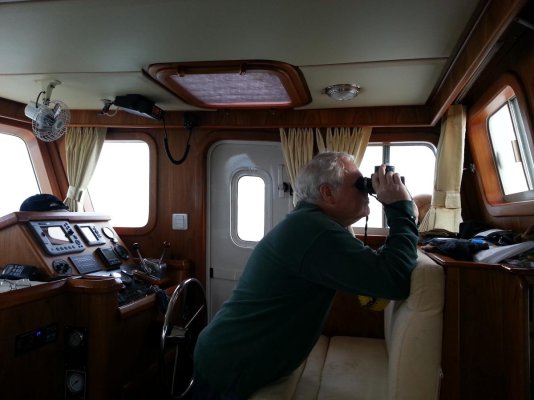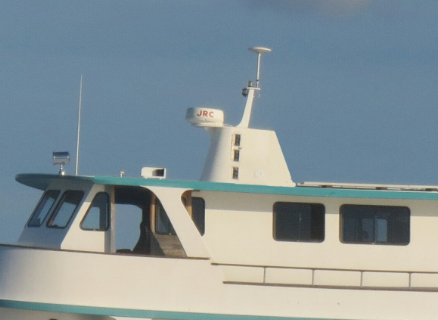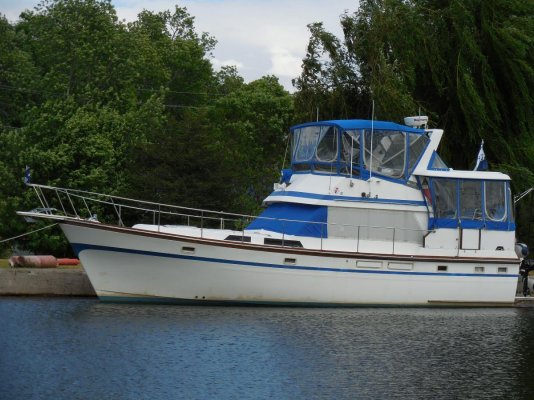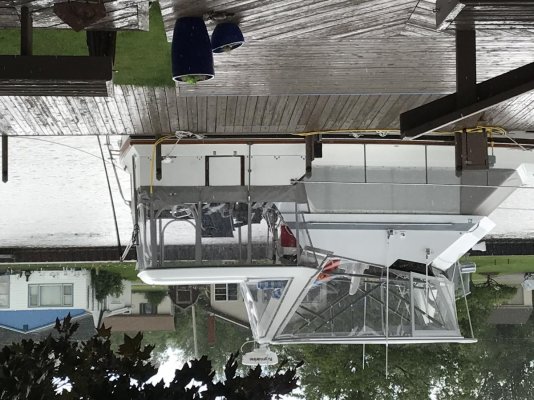Benthic2
Guru
So...I have very little practical experience with radar, but I'm curious about something. If you mount your radar on the front of the bridge, as in the picture below, do you get any return from behind you, or will the radar only "see" the 180 degrees in front of the boat ? I can't imagine the fly bridge doesn't interfere with your radar, but it seems odd to spend all that money on a radar system, and mount it in such a way that you can't see all around you. Thanks.

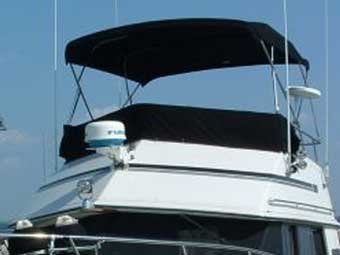


 to know that I could not be trusted to always remember to tip down the radar mast.
to know that I could not be trusted to always remember to tip down the radar mast. 
